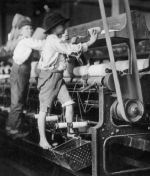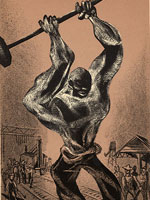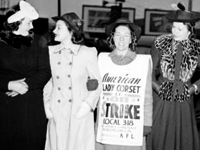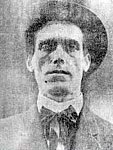Looking through the NHEC website is always a good place to start when you’re searching for teaching materials. Our Lesson Plan Reviews section, for instance (listed under Teaching Resources), includes dozens of entries, including one on the Progressive Era by Bringing History Home. These lesson plans have already been vetted by our staff according to an evaluation rubric that is posted at the bottom of each review. Use our Lesson Plan Gateway to do a keyword search for lesson plans on the web. But do be a savvy consumer; while we have vetted the websites, we have not reviewed the individual plans.
Each lesson includes classroom activities, as well as primary sources from the Library’s American Memory collection.
Another useful approach when searching for lesson plans is to look in digital archives. The Library of Congress, for instance, has lesson plans for various grade levels, organized by historical theme. Among the several lessons on the Progressive Era are lessons on child labor and women’s suffrage. Each lesson includes classroom activities, as well as primary sources from the Library’s American Memory collection. The National Archives, similarly, has a whole host of lesson plans, including one on the Progressive Era that uses political cartoons to understand the period. The lesson includes historical background, teaching activities, and resources from the National Archives.
There are also a number of excellent websites, designed with teachers in mind, that pair lesson plans with digitized primary sources. The Gilder Lehrman Institute of American History, for instance, is always a good place to look for teaching ideas. They have four lessons on the Progressive Era—one for high school teachers, two for middle school teachers, and one for elementary school teachers—that include background information, suggested activities, and links to relevant materials. Digital History, a project hosted by the University of Houston, is another good resource for lesson plans. Their lesson plan on the Progressive Era includes historical background, links to primary documents, timelines, and teaching activities.
You might also search for lessons about the political activism of women when considering what to teach about the Progressive Era.
Finally, you might also look to other, more specialized sources for lesson plans. When focusing on the Progressive Era, for instance, you might look for a lesson on working conditions. A quick search turns up a PBS Frontline lesson that centers on Upton Sinclair’s seminal work The Jungle, and includes links to chapters of the book. You might also search for lessons about the political activism of women when considering what to teach about the Progressive Era. Women and Social Movements in the United States, hosted by the Center for the Historical Study of Women and Gender, is a great resource for teaching materials. They have a number of specific lesson plans, many of which examine Progressive Era reforms, like one on New York suffragists and electoral politics from 1919-1926.
Most of these lesson plans include some degree of group work. When they don’t, you can always make the adjustment yourself. When a plan calls for students to read primary sources, for instance, you might have them work in teams to conduct a group analysis.
Finally, as you go through these various websites looking for a lesson plan that you like, you might want to bookmark them in your web browser. All of them are worth returning to at some point.
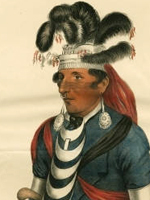
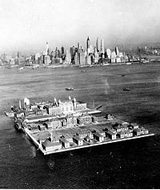
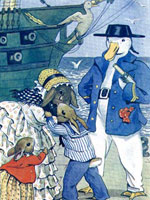
![Political Cartoon, Untitled [Progressive Fallacies], March 18, 1912, NARA Political Cartoon, Untitled [Progressive Fallacies], March 18, 1912, NARA](/sites/default/files/progressive.jpg)
